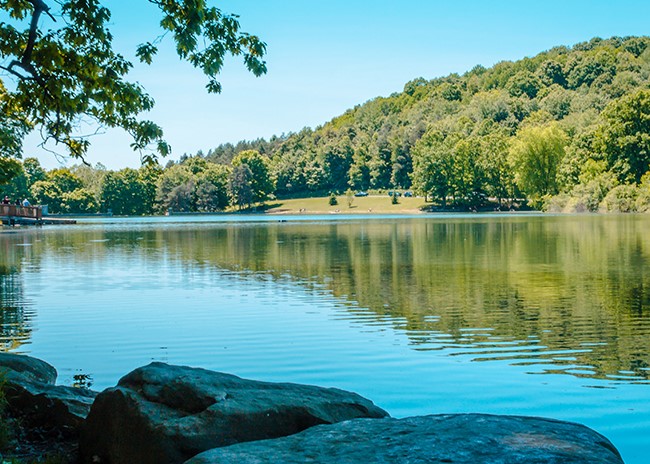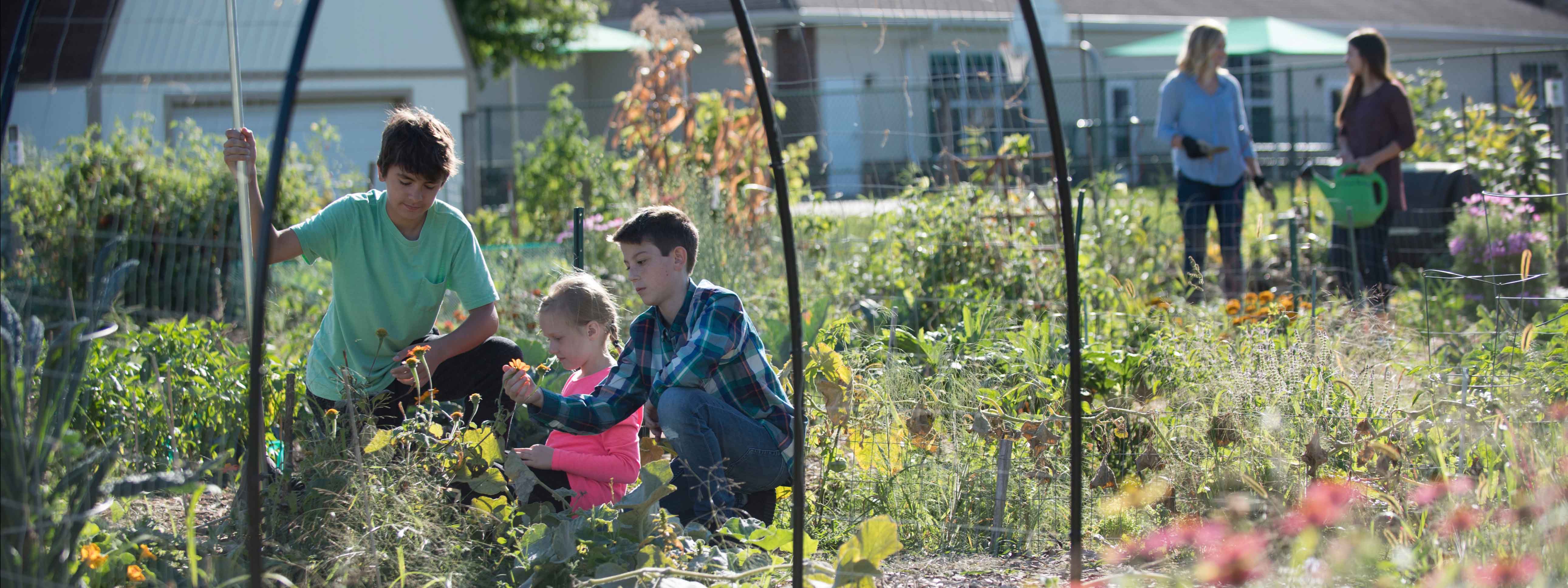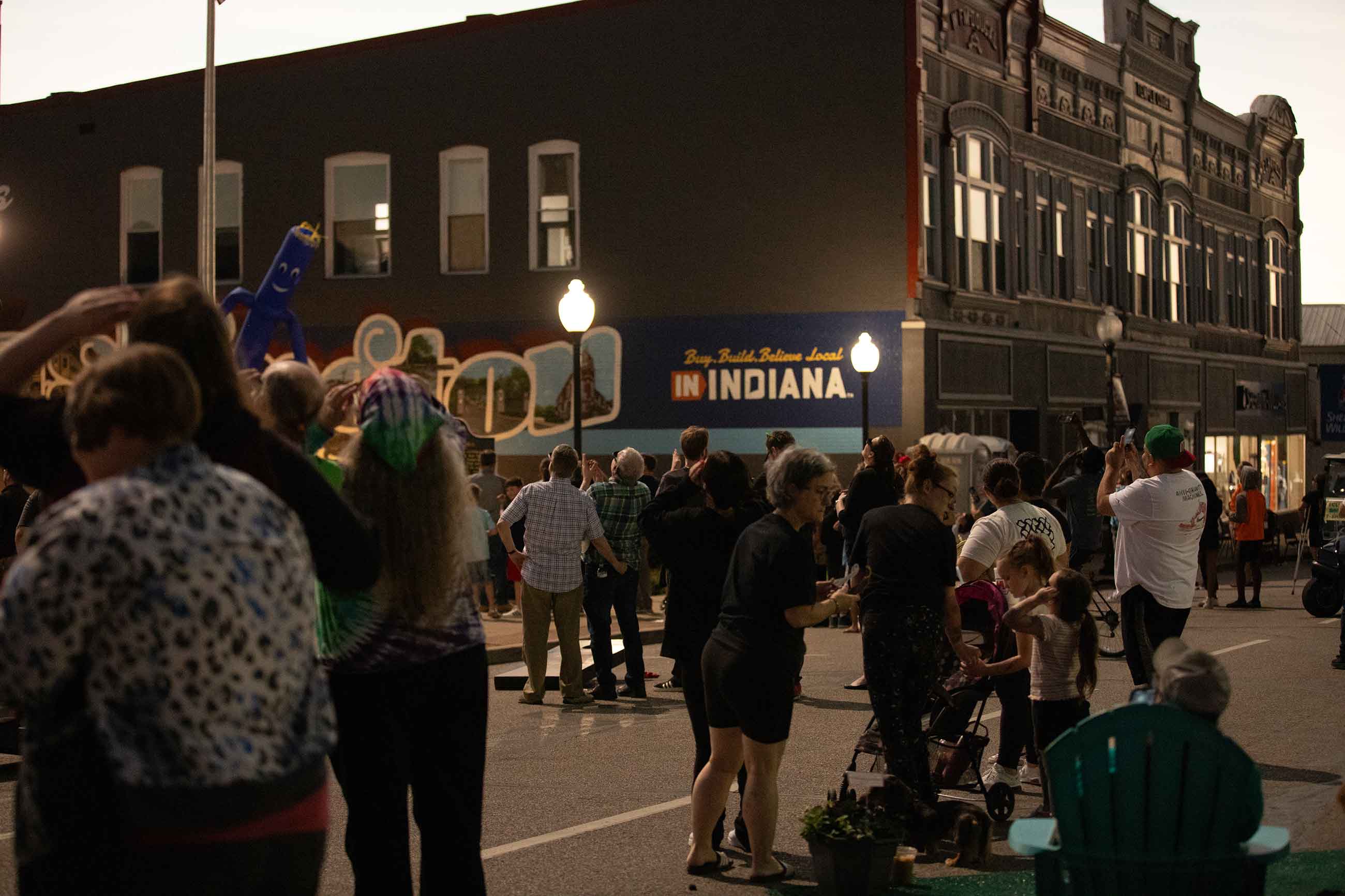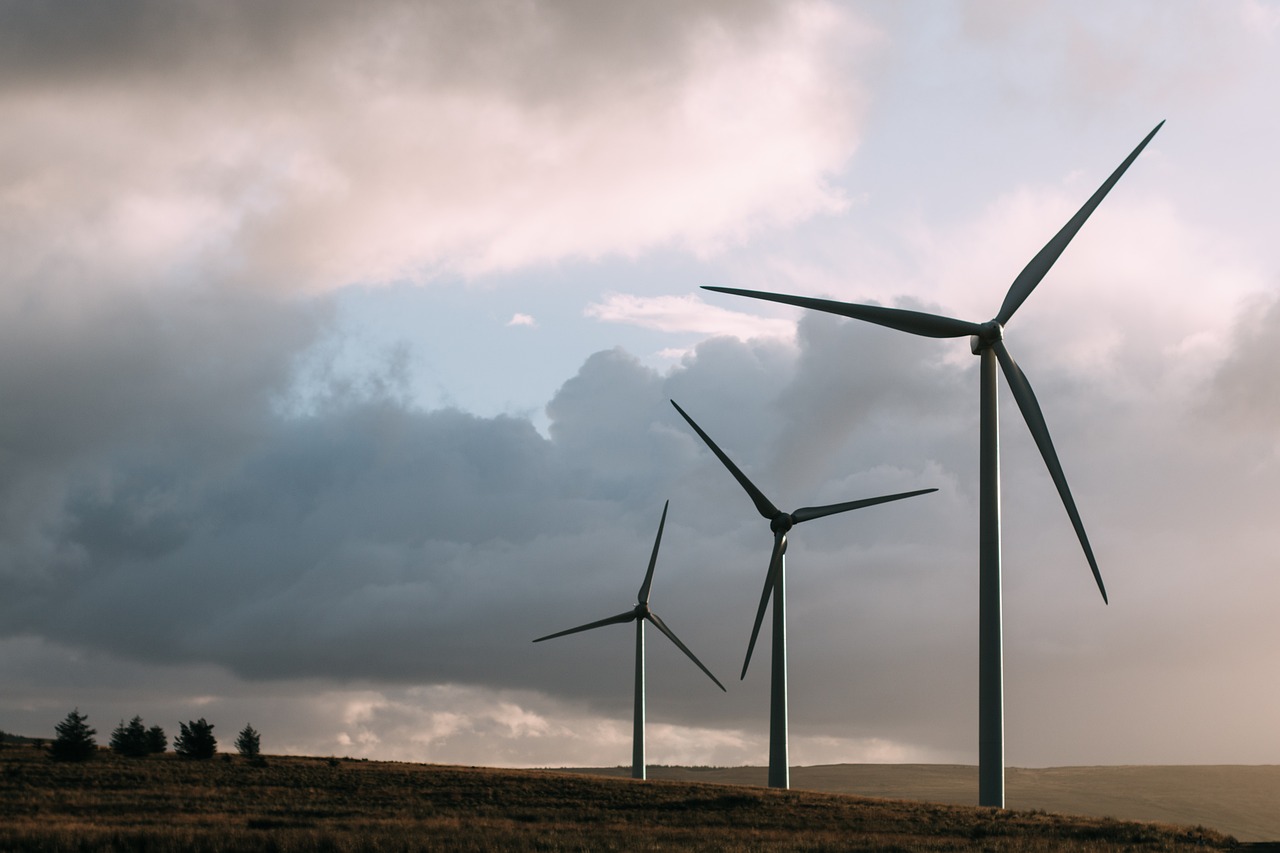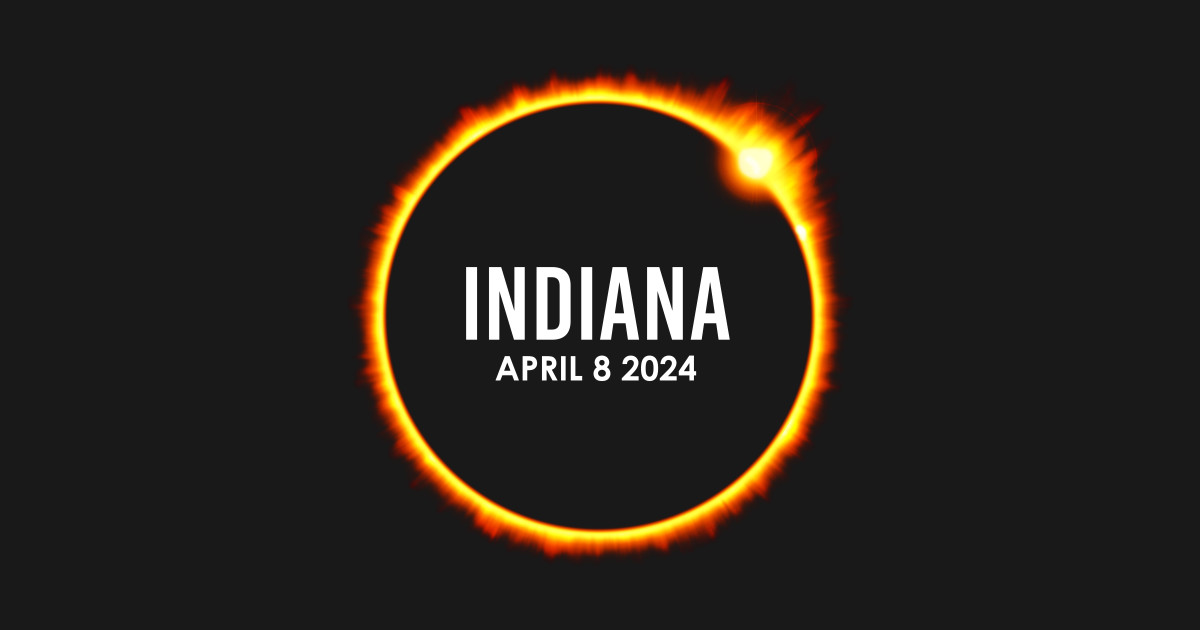Wind Energy
Renewable energy, including wind energy, deserves closer examination given its potential for becoming a critical element in Indiana’s economic development and energy portfolio. A team of researchers from Purdue Extension Community Development, the Purdue Center for Regional Development and the Purdue Department of Agricultural Economics focused on where wind farm projects have and have not been located and examined socio-economic conditions that have resulted since the wind farms were (or were not) installed and made operational.
Utility-scale electricity generation using wind power has been part of the Indiana landscape since 2008. The earliest projects were concentrated in the west-North Central part of the state, the area that had the most favorable wind conditions for the turbine technology of that time. Subsequent technological innovations, especially the development of taller turbines of larger capacity, have expanded the potential for other parts of Indiana to host utility-scale wind farms.
To examine the wind energy sector in Indiana and selected counties, team members gathered information via two different replicable approaches: rigorous secondary data analysis and primary data collection using an online survey and online listening sessions. Trying to capture the multi-dimensional nature of community development, online listening session participants identified the key assets associated with wind energy based on the community capital framework (natural, cultural, human, social, political, financial, financial, and built capitals).
The wind-generated electricity industry is capital intensive, which means that a large share of the industry’s revenues must go to compensate those who financed the substantial investments made at the time of construction. But the industry also brings geographically diverse and long-lasting benefits, including millions of dollars in property tax revenue (e.g., the counties that allowed the first turbines – Benton and White Counties – collected $4.3 million and $2.3 million in property taxes from their local wind farms, respectively, in 2019), annual lease payments for Indiana’s farmers, and well-paid maintenance and construction jobs as the main source of employment.
But wind energy is also associated with skepticism, suspicion, and opposition. While a large-scale generation of electricity from wind power is now viable in many counties of Indiana, county governments have used their legal authorities to inhibit or preclude development.
Team members delivered a couple of suggestions that might help in the effort to support the development of wind farms:
- Awareness of key assets and challenges in counties supporting or declining wind farms that are related to the wind energy
- Legislative instruments
- Technology development
- Awareness-raising capacity building and education
- Fostering positive relationships between the commercial wind energy company and local communities
Michael Wilcox (PI)
Assistant Director and Program Leader
Purdue Extension Community Development
wilcox16@purdue.edu
Zuzana Bednarikova (Co-PI)
Research and Extension Specialist
Purdue Extension Community Development
zbednari@purdue.edu
Russell Hillberry (Co-PI)
Associate Professor
Purdue Department of Agricultural Economics
rhillber@purdue.edu
Indraneel Kumar (Co-PI)
Principal Regional Planner
Purdue Center for Regional Development
ikumar@purdue.edu
Nhu Nguyen
Graduate Student
Purdue Department of Agricultural Economics
nguye440@purdue.edu
Tanvi Inani
Undergraduate Student
Purdue University Honors College
tinani@purdue.edu
Mason Gordon
Undergraduate Student
Purdue Department of Agricultural Economics
mgordon2048@gmail.com
Wind Energy Report
Full Report – An examination of the community level dynamics related to the introduction of wind energy in Indiana.
Extended Executive Summary
Executive Summary – An examination of the community level dynamics related to the introduction of wind energy in Indiana.
Profile of the Wind Energy Sector in Indiana
In 2008, Indiana’s first utility-scale wind farm went into operation near the small town of Earl Park in Benton County. Spurred on by generous federal subsidies, a number of subsequent wind farms in Benton County and neighboring White County came on-line in 2009 and 2010…
Probable Economic Effects of Wind Power for Indiana Counties – A Literature Review
This section of the report reviews the academic literature on the local economic effects of wind power in order to provide insights into the likely implications for Indiana counties that allow construction and operation of utility-scale wind turbines….
Looking Forward
Wind energy represents a huge capital investment in Indiana communities. Wind farms bring geographically diverse and long-lasting benefits, including millions of dollars in property tax revenues and annual lease payments for Indiana’s farmers and well-paying manufacturing and construction jobs…
State Utility Forecasting Group
The State Utility Forecasting Group (SUFG) has been assisting the State of Indiana for over 30 years through its forecasts of electricity consumption, prices, and resource requirements.
Wind Energy in Indiana
Read more about the Wind Energy in Indiana Report.
American Wind Energy Association
View the American Wind Energy Association website.
U.S. Energy Information Administration
View the U.S. Energy Information Administration website.
Indiana University – Environmental Resilience Institute
View the IU Environmental Resilience Institute’s website.
Wind Energy Easements and Leases: Compensation Packages
Read the Wind Energy Easements and Leases report.

